If there is one developer that is the closest thing to a magic bullet in my chemistry set, that developer is Pyrocat-HD. While Rodinal is the oldest commercial developer, Pyro based developers pre-date Rodinal into the early days of photography, being used back in the days when plate-based photographic media were the norm. And while the developers changed overtime, Pyrocat-HD is among the newest in the category being developed by Sandy King as an improvement over PMK Pyro. Sandy promotes the developer as giving 1/3rd of a stop in film speed with about 10-15% less developing time. Along with consistent staining action and lower toxicity. While not a developer for the faint of heart, Pyrocat-HD has the semi-compensating capacity and produces sharp and fine-grained negatives that are a joy to scan and even print. And while it works for 90% of the film stocks that I shoot, it isn’t for every film stock out there.
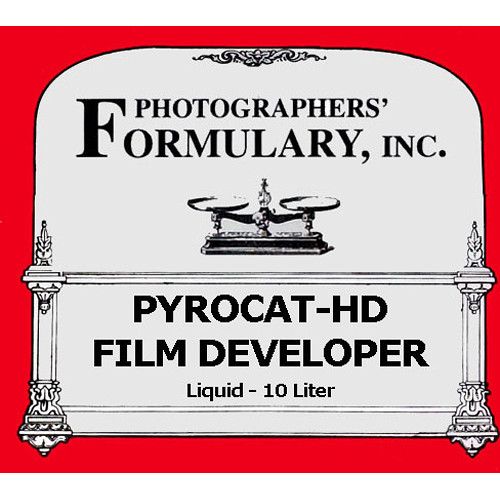
Technical Details
Manufacture: Sandy King
Name: Pyrocat-HD
Primary Developer: Pyrocatechin, Phenidone
Type: One-Shot
Mix From: Liquid


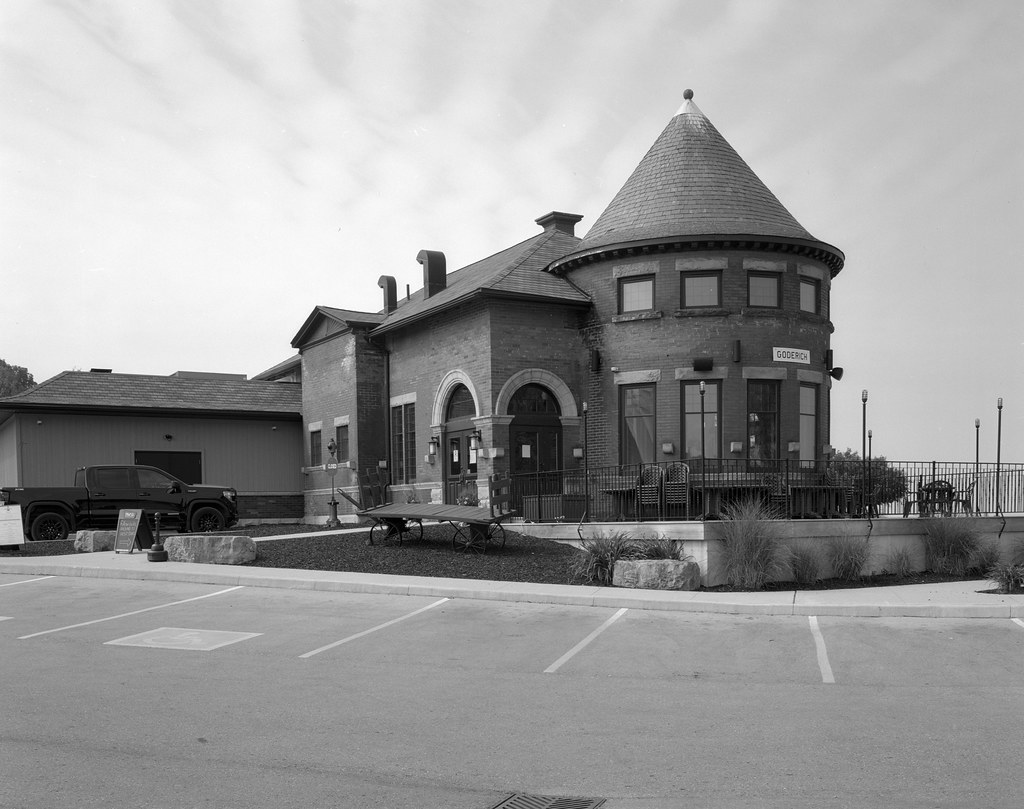

Handling
Out of all the developers that I use, Pyrocat-HD is by far the most toxic, with only Rodinal coming in a close second. That said, all developers will more than likely kill you if you drink them. But you do need to take extra care when working with Pyrocat-HD. Besides ingesting, I would avoid skin contact, so gloves are a must. There are three ways to get your hands on Pyrocat-HD, in powder, in liquid and do-it-yourself. You can get the developer in a pre-mixed liquid kit, best to only order this if you’re shipping it domestically these days. You can also order the powder and just add water. The final option is to mix it yourself from raw chemistry, the folks over on the Unblinking Eye site has the required amounts. Like D-23, you can get the raw ingredients from the Photographer’s Formulary or your usual chemistry supply store. Whatever you’re most comfortable with, personally I buy the pre-mixed liquid directly from Argentix. Unlike you’re regular off-the-shelf developers, Pyrocat-HD comes in two parts, Part A and Part B, it’s best to keep them separated until you mix them into a working solution. And you don’t need a large amount of the stock developers, 500mL will last a long time because you’re usually mixing in a 1+1+100 dilution so I don’t use more than 10mL of chemistry at a time. Now the stuff doesn’t last forever, and you will start to notice that the working solution will start to change colour over time. Starting at almost a weak coffee brown to a darker brown and then a greenish-blue. My current bottles are producing the greenish-blue and are still working perfectly.

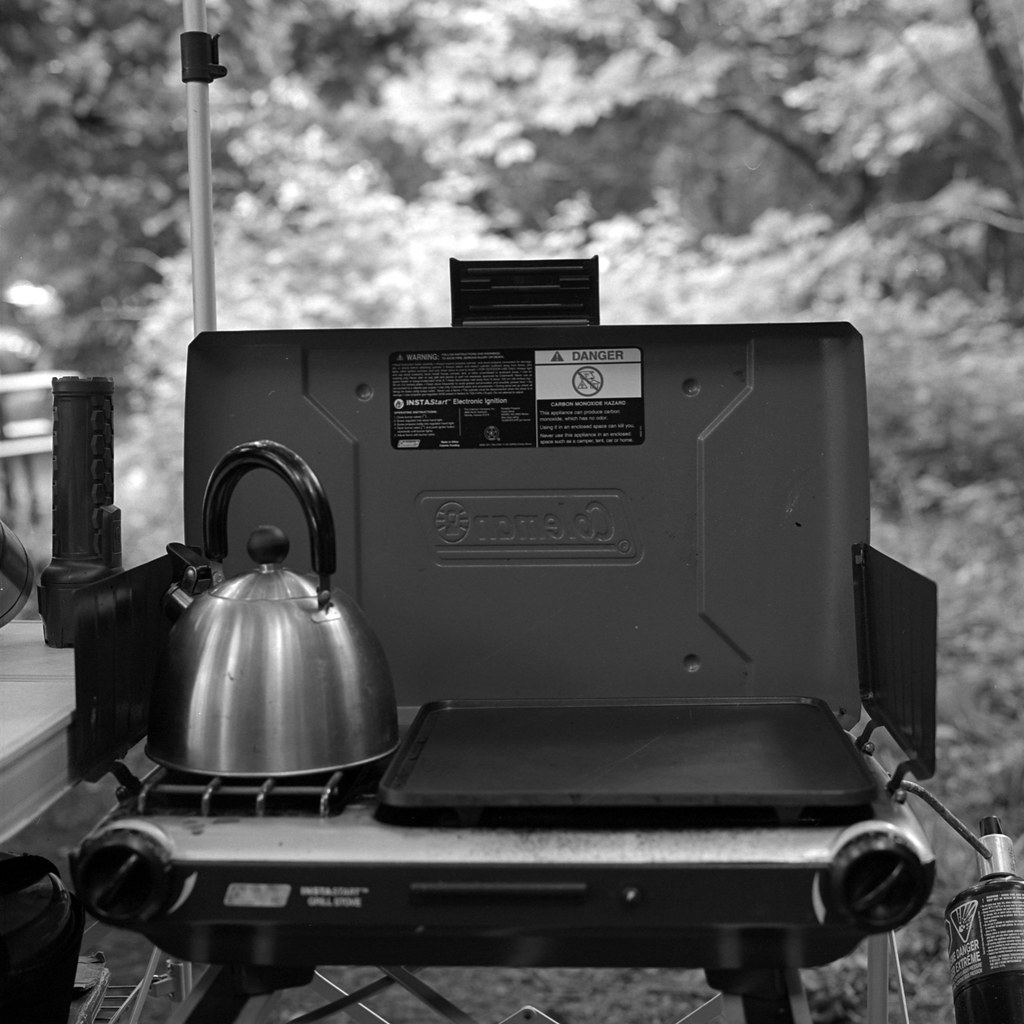


Applications
The number one application for Pyrocat-HD is with large format film, but don’t let that hold you back, I use Pyrocat-HD with smaller formats right down to 35mm. But this is also a speciality developer that imparts certain a certain look to your negatives that you don’t find with your off-the-shelf developer. I use Pyrocat-HD when I want to improve the overall sharpness of a negative without increasing the grain, it basically takes the best part of Kodak XTOL and Rodinal and smashes them together. I also use it when I need to take advantage of the range of forgiveness of black and white film or are shooting in particularly difficult lighting conditions. The first time I learned the power of Pyrocat-HD was from shooting in Hocking Hill in Ohio and I happened across some lovely weird light throughout the area. The reason is the compensating nature of the developer. Now you often will have to pull your film to get the best results out of Pyrocat-HD, and you will have some long developing time in some cases. Other times you will need to use constant agitation for shorter times. Personally, my favourite films to shoot and develop in Pyrocat-HD is Ilford HP5+, Ilford FP4+ and Kodak Tri-X. And while most films will respond well to Pyrocat-HD, it isn’t for all films. I haven’t had good results when working with Efke and Streetcandy films.
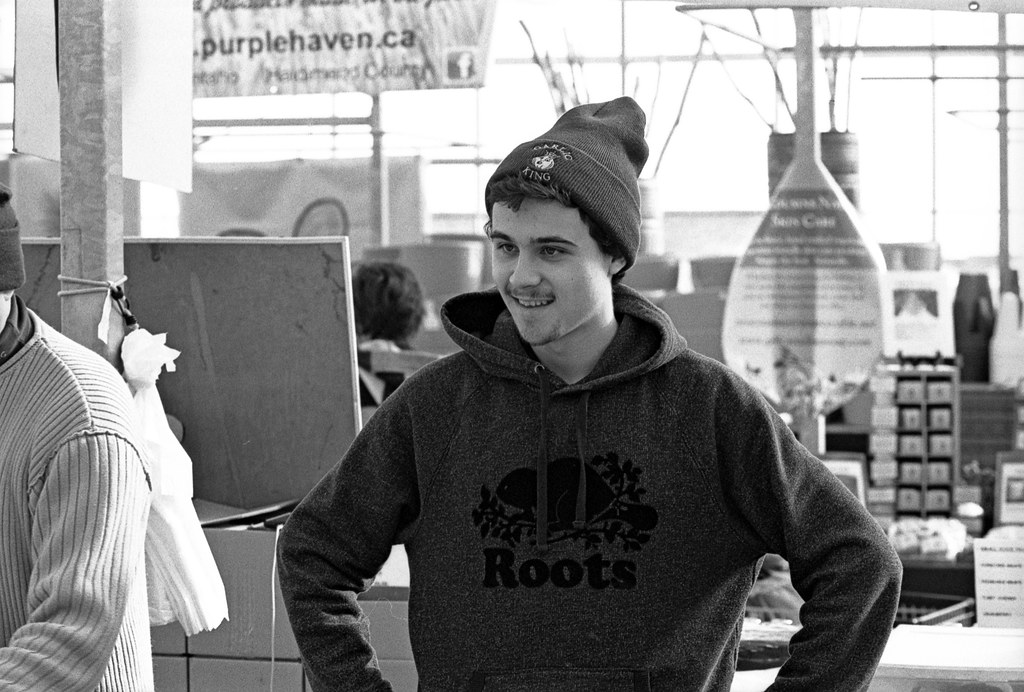
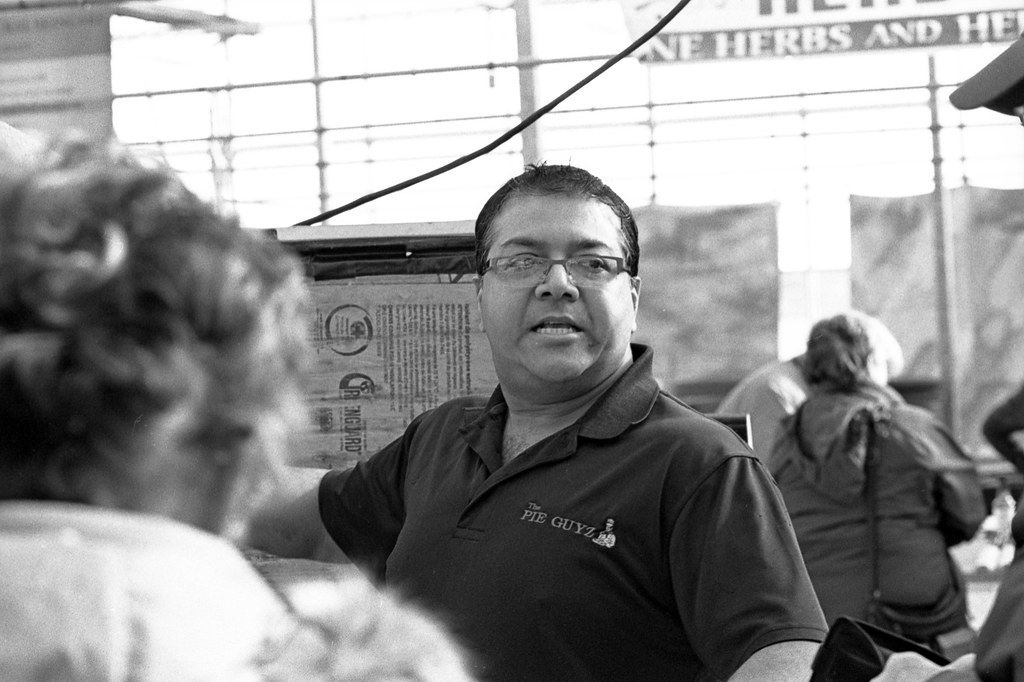


Qualities
The first thing you’ll notice when using Pyrocat-HD is that your negatives look far different from your average developer. The developer will impart a stain on your negatives, don’t fret, it’s supposed to leave almost a light sepia tone to your negatives. How strong that stain depends on a couple of factors. The first being how long the film has been developed and the fixer that you use. Generally for Pyrocat-HD, you want to use an alkaline fixer without a hardener, so Ilford Rapid Fix and Kodafix are good options. I also found that the traditional cubic grained film respond better than modern T-Grain/Delta films. Now the stain might mess up your scanner a little bit if you’re scanning as black & white, so I recommend scanning the negatives in colour then removing any colour cast in post-processing. The stain does help mostly with darkroom printing but doesn’t affect any alternative process printing. With a properly exposed negative you’ll get amazing shadow detail with little loss in your highlights. There is a slight increase in contrast, but you’ll get sharp images and a smooth grain. But don’t let the bump, in contrast, worry you, because you’ll still have excellent tones across the spectrum of grey. And while you don’t always get your full box speed, you certainly will get closer to the box speed and have much shorter development times than PMK Pyro.


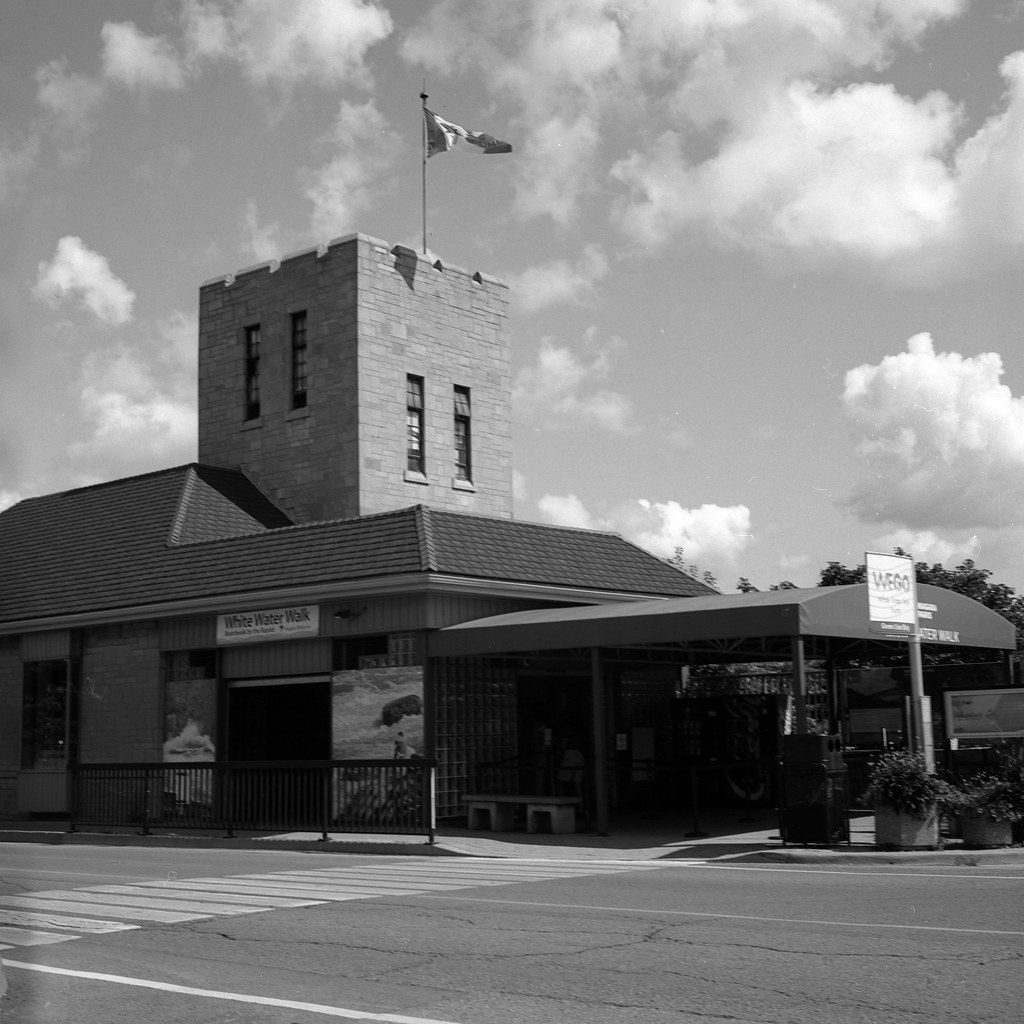

Lowdown
If you’ve ever wanted to try out staining or pyro based developer, then I highly recommend you go with Pyrocat-HD. But certainly don’t jump into home developing with Pyrocat-HD, it isn’t a developer for every day and doesn’t do well with every film. It’s a speciality developer that is for special conditions. Personally I find it an excellent way to keep sharpness without adding too much to a film’s grain. When working with a large-format film or spot-metered negatives and working in the Zone system (to my limited extent). It isn’t cheap either, costing around 60$ Canadian but it does last a long time even with regular use, so if you’re doing a lot of zone system, large-format work it is worth the investment. Now you do have to order it from speciality stores, Argentix.ca, Photographer’s Formulary, B&H, and Freestyle Photographic. And if you are ordering it in liquid, order domestically. Honestly, I’m glad I found Pyrocat-HD and while I go through bursts of heavy use and low use, I know that I’ll always have that magic bullet waiting in case I see the need. But again, I’ll warn you, keep it out of reach of children and animals, it’s very toxic and will kill you.




Recommended Reading
Don’t just take my word on Pyrocat-HD check out these other blogs on the subject!
Film Photography Project – Mat’s Favourite Developer, Pyrocat-HD
Sandy King Photography – An Intro to Pyro Staining Developer
Angus Parker Photography – My favorite black & white developers
Really usefull! May you tell me your i.e. for FP4+ and your dev.time?
Thank you,
Romano
There are two means that I’ve used. THe first is shooting FP4+ at ASA-125, then developing in 1+1+100 for 20 minutes, the second and my preferred method is shooting FP4+ at ASA-64 and developing in 1+1+100 for 8 minutes.
I’m surprised this developers is used primarily w/ LF. Maybe because they seldom make huge prints, so grain is not an issue. In any case, a darkroom print will usually lose much of the negative’s graininess. I like Delta 100 at EI 50 in Rodinal too, it gives fine grained negs w/ excellent tonality, even in 35mm.